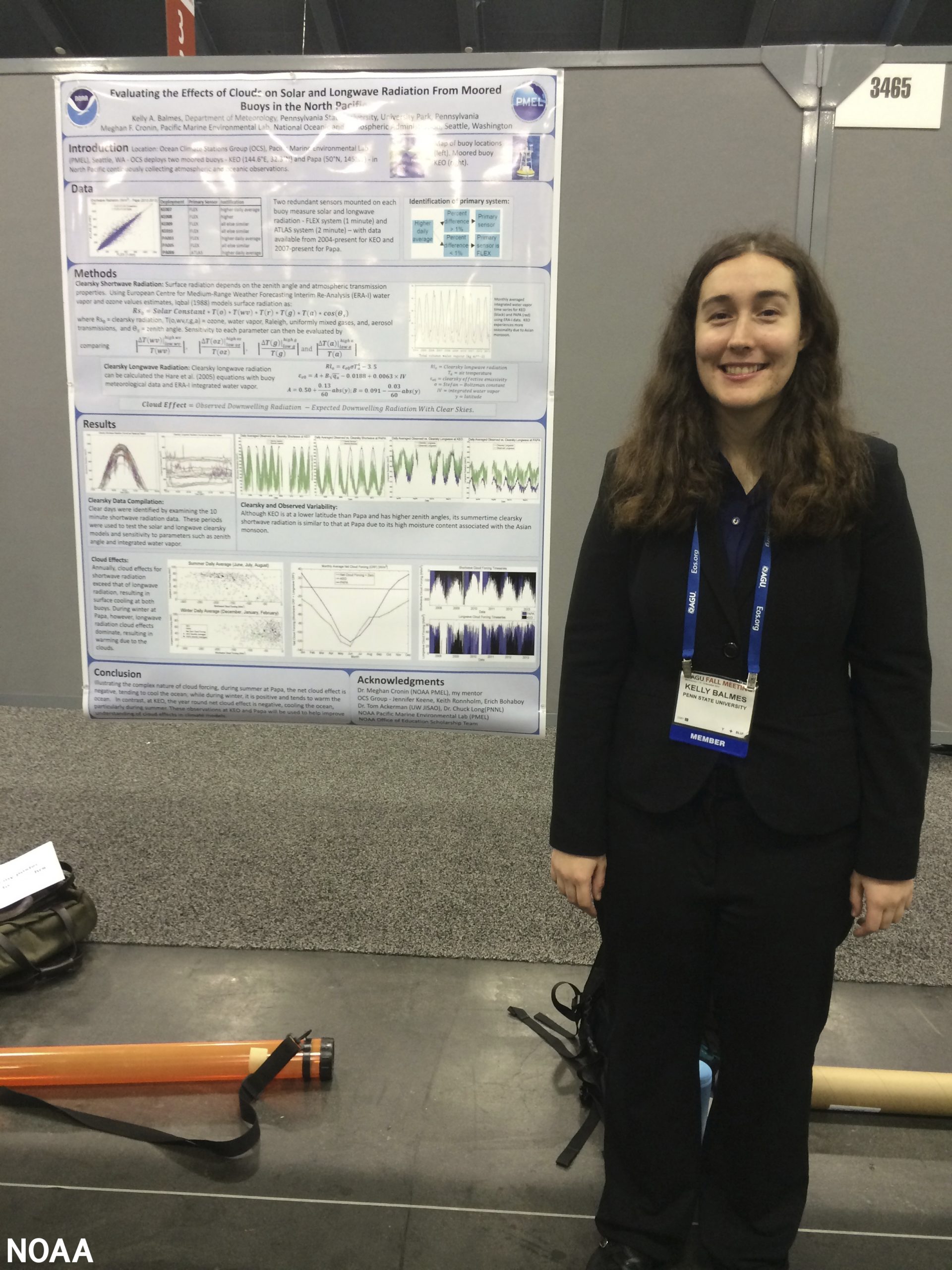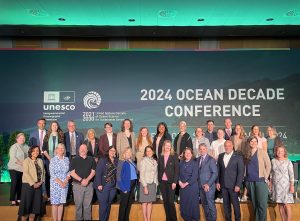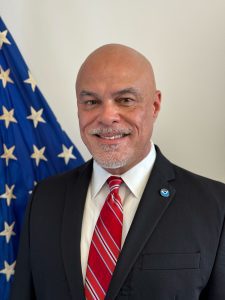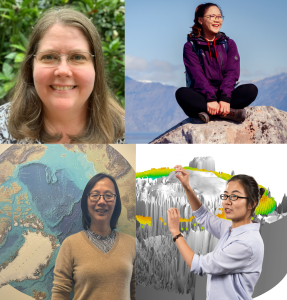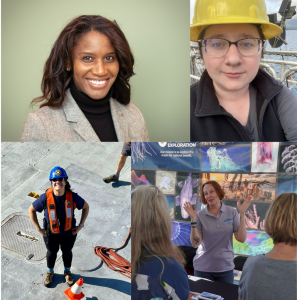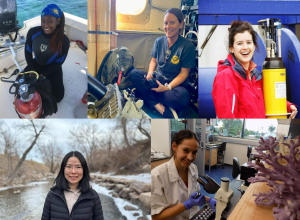To celebrate Women’s History Month, we asked women throughout NOAA Research who make lasting impacts in scientific research, leadership, and support from the field to the office to share how their work contributes to NOAA’s mission of Climate Resilience and preparing for a Climate-Ready Nation. This article highlights an interview with Kelly Balmes, a postdoctoral research associate in the Global Monitoring Laboratory (GML) Radiation, Aerosol, and Cloud Division at the University of Colorado at Boulder Cooperative Institute for Research in Environmental Sciences (CIRES). CIRES is a Cooperative Institute with NOAA’s Global Monitoring Laboratory.
Our conversation follows:
What does climate resilience or climate-ready nation mean to you? What would you want people to know about NOAA’s work on climate resilience?
To me, climate resilience and becoming a climate-ready nation means to be prepared for the future as well as actively mitigating and adapting to the impacts. This involves understanding and improving model projections while also understanding past observations and resultant changes from satellite and observational networks.
I want people to know that NOAA’s work on climate resilience is vast and spans many disciplines. One of the puzzle pieces is using NOAA’s observational networks to monitor the climate and make sense of the atmosphere with high quality long-term measurements such as those part of GML’s SURFRAD Network.
How does your work contribute to climate resilience, and what projects or research are you working on now?
My work contributes to climate resilience in that it looks to utilize observations to inform modeling of clouds and aerosols for weather, climate, and renewable energy forecasting purposes as well as improve measuring the sunlight (radiation) reaching the surface by evaluating new instruments.
I am currently working on a handful of projects. One project is on understanding solar variability by cloud types across GML’s Surface Radiation Budget (SURFRAD) Network to inform solar energy forecasting. Another project is an evaluation of a new hyperspectral radiometer that was tested last spring in Oklahoma at the Department of Energy (DOE) Atmospheric Radiation Measurement Program (ARM) Southern Great Plains Site (SGP). Finally, a third project is on utilizing radar and lidar observations of clouds to understand how cloud vertical distributions vary by cloud type and across ARM sites globally to inform representing cloud-radiation interactions of subgrid-scale clouds within numerical weather prediction models, which was written in a paper that was accepted for publication recently.
What drew you to your current career or field?
I was drawn to my current field when my grandparents were directly hit by Hurricane Charley in Southwest Florida in 2004 when I was 11 years old. It was then that I decided I wanted to become a meteorologist when I grew up, which I ended up pursuing in college.
Do you have a favorite moment or accomplishment in your career?
One of my favorite moments is when I was a part of the NOAA Hollings scholarship and internship program. While it was only the start of my career, NOAA’s early investment into me helped set me up for success in the future. The Hollings program provided me with the tools and experience to apply for graduate school while also exposing me to the breadth of NOAA’s work and research. The cascading accomplishments and events in my career following Hollings led to me returning back to working with NOAA as a CIRES postdoc.
Special thanks to Kelly Balmes for participating in this interview for Women’s History Month at NOAA.
